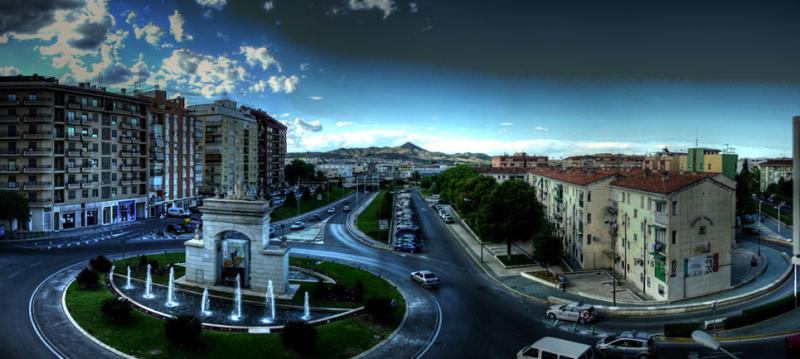Jávea, Comunidade Valenciana, Spain
Suggest Place to Visit
6644
Track to location with GPS |
 |
HISTORY
The privileged strategic location of the Xàbia valley has favored the settlement of all the great peoples and cultures of the Mediterranean that have left their mark and heritage in our municipality. From prehistory to the Christian feudal conquest, different different periods have followed one another over the centuries, leaving a rich historical and cultural legacy to this day.
The oldest testimonies of human occupation in Xàbia, have been found in the Cova Foradada, correspond to the Upper Paleolithic and date from about 30,000 years. They correspond to the few remains of small nomadic groups that seasonally occupied this cave. They were hunter-gatherer societies. Also from the Upper Paleolithic, the first occupations of the Cova del Montgó date, where fragments of ceramics and collective burials in Neolithic caves have also been found, and the first metal tools from the Bronze Age.
In the Cova del Barranc de Migdia there is a Neolithic site of collective burials, with a very important set of schematic cave paintings of religious or cult significance. From the Bronze Age, remains were found in small towns located on the tops of hills such as Sta. Llúcia, Cap Prim, Alt de Capsades, els Tossalets ...
The evolution of the Bronze populations and the influences and commercial contacts with the Phoenicians and to a lesser extent with the Greeks, will give way to the Iberian culture (5th century BC), of which it is worth highlighting the ´´Iberian Treasure of Xàbia´´, found fortuitously in 1904 in the Lluca area and consisting of various pieces of gold and some silver from the s. IV-II a.n.e. From Roman times we will highlight the Necropolis of Muntanyar, the site of a salting factory at the tip of Arenal, known as “els Banys de la Reina”, and the Sèquia de la Nòria, the latter related to the industrial salting activity. From the Islamic period, we find very present testimonies in our culture, not only because of the archaeological remains, but also because of the same words that we still use to designate many places in our term.
With the Christian conquest we went to the Medieval period, of which Xàbia is a clear example for its architecture. Already in Modern times, Xàbia experienced a great economic development due to the export and trade of the raisin, which was reflected in the important urban and infrastructure growth, such as the construction of the port, and others unfortunately already disappeared such as a Theater, Trinquete and Plaza de Toros.
Xàbia, a privileged corner of the Costa Blanca, is undoubtedly one of the most beautiful places on the Mediterranean coast. The great variety of landscapes, the mild climate and the open character of its people attract and captivate all types of travelers. "Xàbia, sublime and immense." This is how impressive was the first image that Joaquín Sorolla received when he discovered, at the end of the last century, this wonderful place on the coast.
And so Xàbia still continues, pregnant with history, clinging to its maritime customs and above all proud of being one of the most unique natural settings on the Mediterranean coast.
Framed by the San Antonio and La Nao capes, this small town extends to the north of the Costa Blanca, in the northwest of the Alicante province, bathed by the Mediterranean and sheltered from the cold winds by the Montgó mountain barrier.
A varied landscape, both on the coast and inland, a mild climate throughout the year, careful urban planning and a wide tourist offer await you in this beautiful town.
Xàbia has a wide and rich cultural offer that, accompanied by the good weather, makes it possible to enjoy it all year round. Various activities such as exhibitions, conference cycles, theater, music concerts, cinema, etc. They take place in the different population centers and cultural facilities of Xàbia.
Xàbia presents a very varied landscape and a rugged relief, which has been shaped over the centuries by the influence of the sea and the wind. In its extensive municipal area we can find a succession of coves, beaches, cliffs, islands, caves and headlands as well as valleys and mountains. Few municipalities can boast of such a rich natural heritage that is conferred by its great variety of landscapes. It has several protected figures, such as a Natural Park, a Marine Reserve and 6 vegetable micro-reserves. To enjoy this, different hiking trails and viewpoints have been set up.
Comments
We don´t have yet any comments about:
Javea
Javea
Be the first to leave a comment as it is very important to inform other people
Outros locais a visitar
Within a radius of 20 km from:Javea
Natural Park of the Macizo del Montgó |
| 3,0 Km |
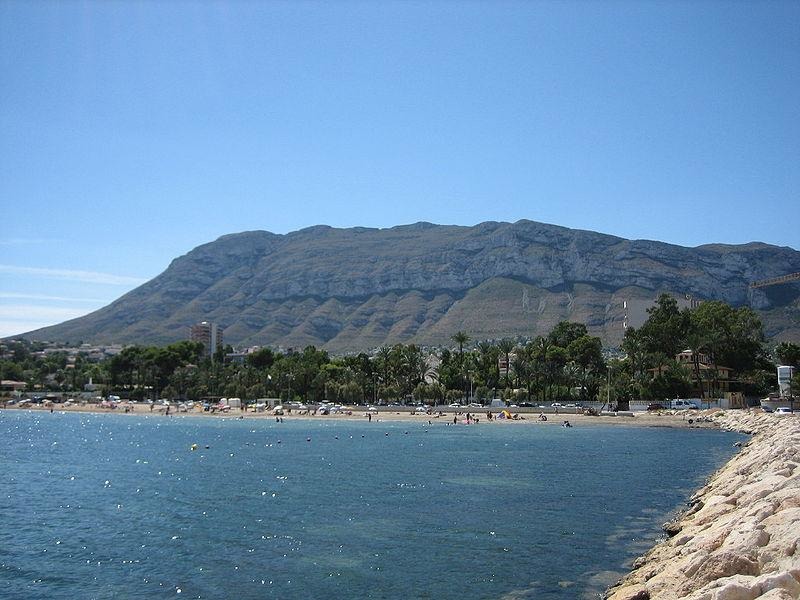 |
Denia |
| 5,9 Km |
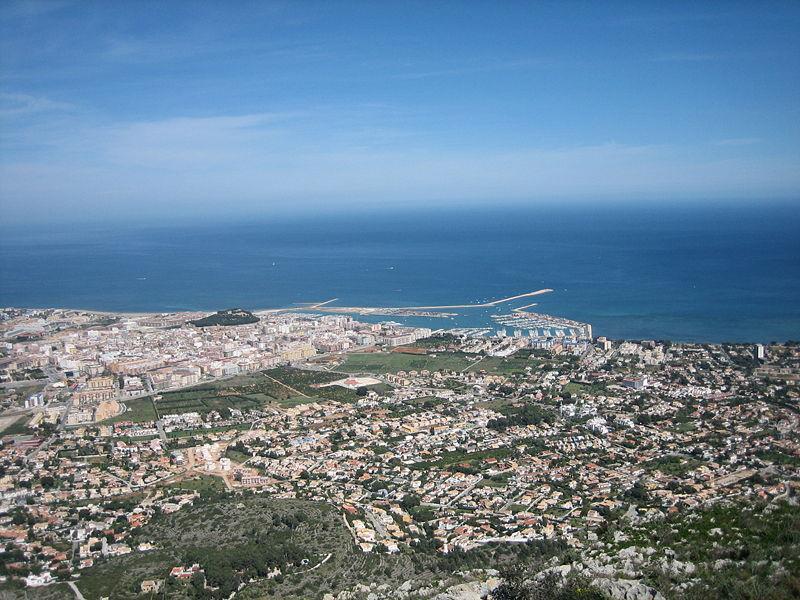 |
Cabo de la Nao (Jávea) |
| 10,4 Km |
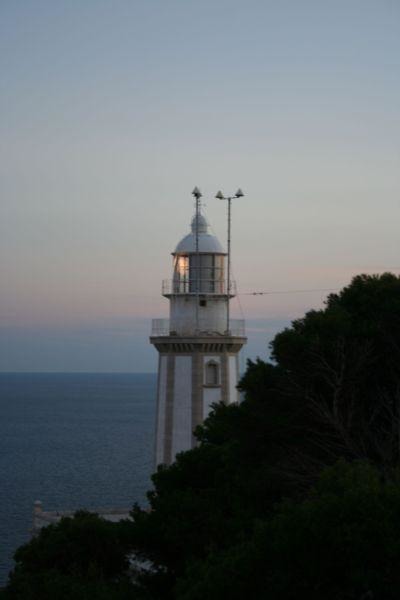 |
Benisa |
| 12,5 Km |
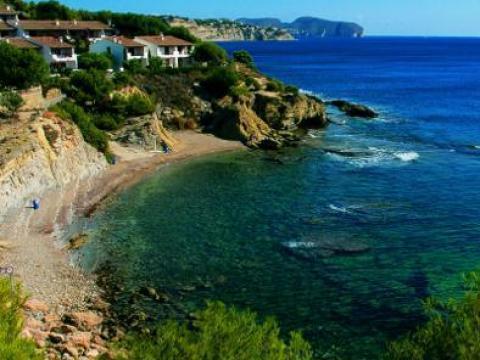 |
Calpe city |
| 19,2 Km |
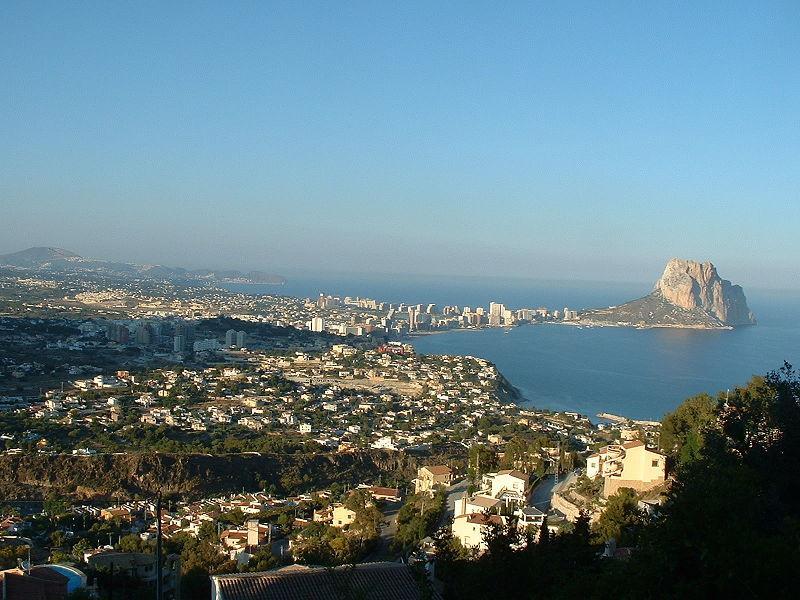 |
Hotel reservation near Javea within a radius of 20 km
Why to book with ROTAS TURISTICAS
The best prices
Our partnerships with the world´s largest operators offer research on the best market prices.
More options
At Rotas Turisticos you can book the hotel, buy the air ticket, book the transfer from the airport to the hotel and vice versa, book the local excursions, rent the car, take travel insurance and consult the places to visit and where to go.
Holiday Tips & Destinations
Hundreds of holiday destinations with all the options that allow you to easily choose the destination that best suits your dream vacation.
ROTAS TURISTICAS
Links


